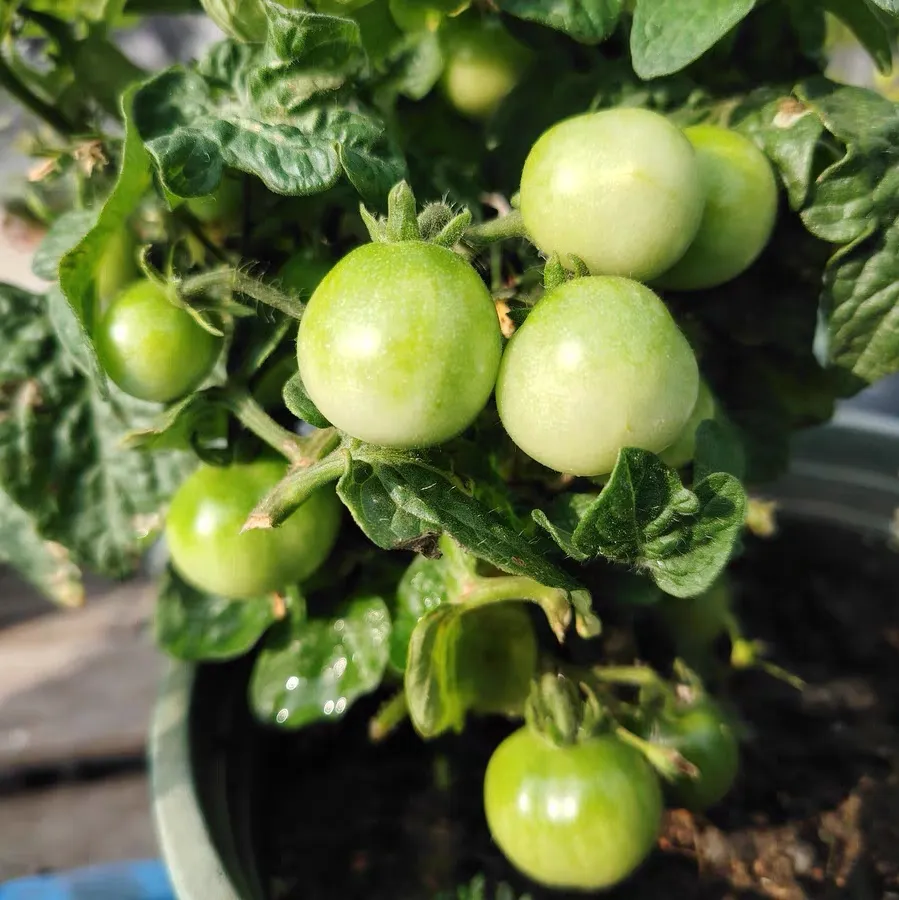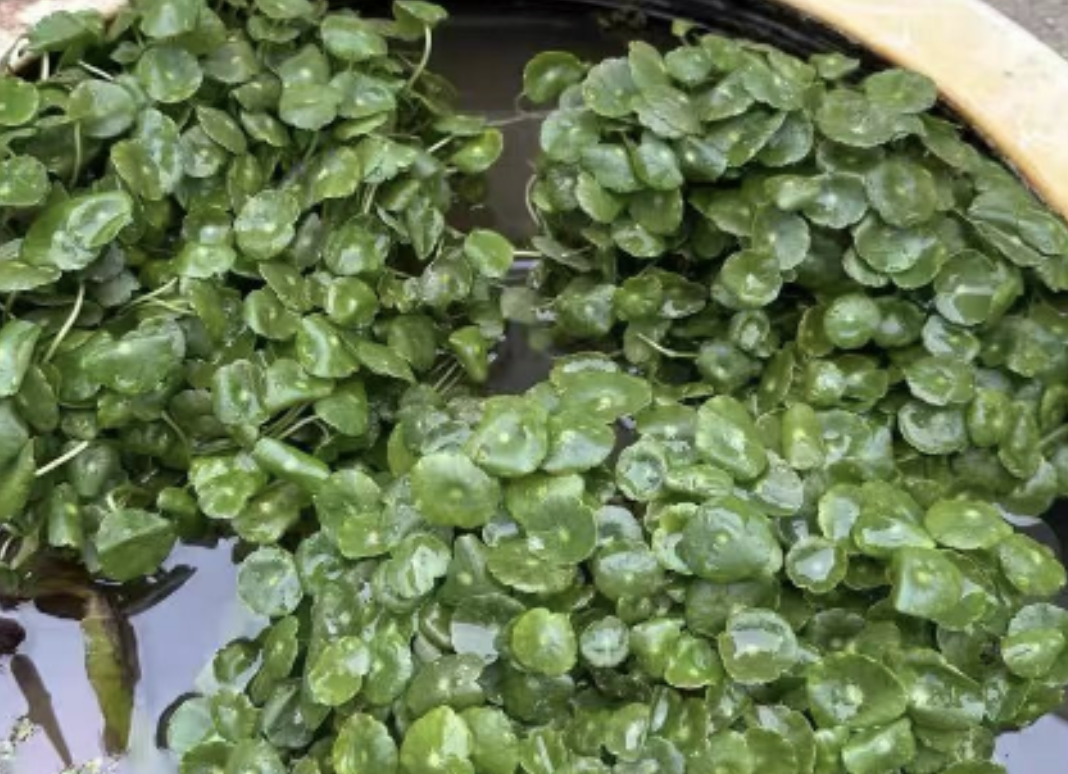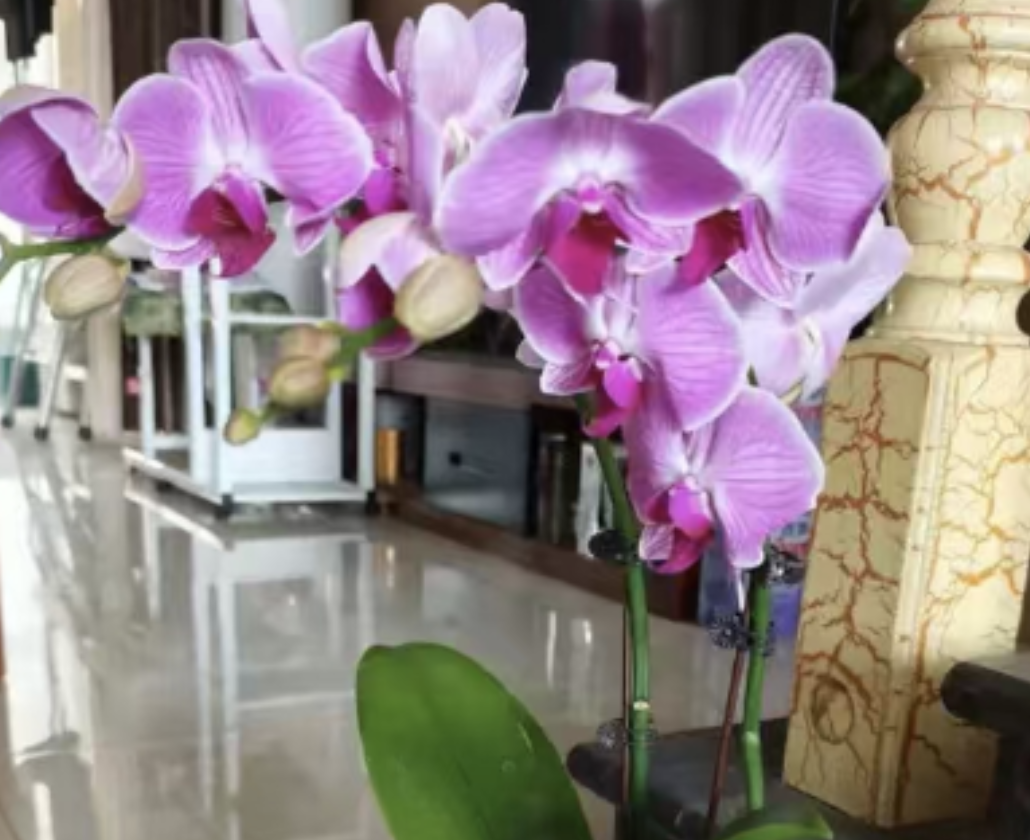Your tomatoes have bloomed and set fruit, but they’re all stuck on the branches, failing to grow? Those small, hard "stiff fruits" are really frustrating. You’ve been watering and fertilizing them regularly, so what’s the problem? Today, let’s talk about the causes of tomato stiff fruits and how to solve them.
Why do perfectly good fruits "get stuck"?
In fact, tomato stiff fruits (also called "small old fruits") are mostly caused by "developmental obstacles" during the flowering and fruiting period. Especially when key factors like temperature, fertilization, and hormones go wrong, the fruits are prone to stop growing, ending up hard, small, and inedible even when picked. Here are the 4 main reasons:
1. **Temperature**: Tomatoes are particularly sensitive to temperature during flowering. Just like humans easily get sick in fluctuating temperatures, unsuitable temperatures drastically reduce pollen viability. Even if they bloom, they can’t be fertilized properly, so the fruits naturally won’t grow.
- **High temperatures**: When daytime temperatures exceed 30°C, especially during direct noon sunlight, the floral organs get "scorched." The pollen tubes develop poorly and can’t complete pollination at all.
- **Low temperatures**: When nighttime temperatures drop below 10°C, or if the temperature in the greenhouse plummets during consecutive rainy days, the plant’s metabolism slows down. Nutrients can’t be transported to the fruits, which then "freeze up."
- **Optimal temperatures**: 25-28°C during the day (not exceeding 30°C with sufficient light) and 10-12°C at night. On continuous cloudy, rainy, or snowy days in winter, the nighttime temperature can be appropriately lowered to 10°C to reduce unnecessary nutrient consumption.
2. **Hormones**: Many people use flower hormones (such as 2,4-D) to preserve tomato fruits, but improper concentration or timing can backfire:
- **Too high concentration**: Exceeding 25 mg/kg (roughly 2-3 drops of diluted solution in 1 liter of water) causes the flower stalks to contract excessively, blocking the nutrient transport channels. The fruits get stuck halfway and stop growing.
- **Wrong timing**: Applying hormones when the flowers are not fully open (petals just slightly unfurled) or when they’re about to wilt disrupts hormonal balance, leading to either stiff fruits or misshapen ones.
- **Correct operation**: Apply hormones only when the flowers are fully open (petals flat, stigma exposed). Strictly follow the instructions for concentration. Beginners can mix a small amount first to test—better to have a weaker solution than a stronger one.
3. **Fertilization**: An excess of nitrogen, insufficient potassium, and a lack of calcium and boron during the fruiting period can all cause fruits to become "malnourished" and stiff:
- **Excess nitrogen**: Leaves grow large and green, and branches overgrow, but nutrients are all taken by the foliage. The fruits don’t get their "rations" and stay in the small fruit stage.
- **Excess phosphorus**: Too much phosphorus inhibits potassium absorption. Potassium is a "key element" for promoting fruit enlargement, so potassium-deficient fruits are hard, small, and prone to cracking.
- **Inadequate calcium and boron**: Calcium strengthens the fruit skin, and boron promotes nutrient transport. A deficiency in either causes fruits to stiffen and may lead to blossom-end rot (black, sunken spots at the fruit’s base).
- **Correct fertilization**: Reduce nitrogen during the fruiting period and switch to high-potassium fertilizers (e.g., with a 15-5-30 ratio). Spray high-potassium fertilizer +糖醇 calcium on the leaves every 10 days, including the undersides of leaves for faster absorption.
4. **Environment**: Continuous cloudy days, drought, alternating dry and wet conditions—these environmental issues deprive tomatoes of nutrients, causing fruits to stop growing:
- **Insufficient light**: More than 3 consecutive cloudy days weaken photosynthesis, leading to a shortage of carbohydrates (the "energy" for fruit growth). Small fruits stop growing due to "energy deficiency."
- **Water imbalance**: Sudden heavy watering after prolonged drought stresses and damages the roots, reducing their absorption capacity. Fruits stiffen from lack of water and nutrients. In winter, always use micro-irrigation (drip or spray irrigation) instead of flooding. The water temperature should be close to the soil temperature (15-20°C) to avoid stimulating the roots.
- **Poor ventilation**: In greenhouses or indoor settings, stagnant air leads to poor pollination and fosters diseases, indirectly affecting fruit development.
- **Emergency tips**: During continuous cloudy days, even without sunlight, spray potassium dihydrogen phosphite on the leaves to quickly replenish nutrients. Ventilate for half an hour at midday when temperatures are higher to circulate air.
In short, tomato stiff fruits don’t happen suddenly. Pay attention from before flowering: keep temperatures stable, use hormones correctly, provide adequate fertilizers, and avoid extreme environments. Remove stiff fruits promptly to prevent nutrient waste, allowing healthy fruits to get more nutrients.
What causes tomato fruit set failure (stiff fruits)?

Share with
Tagged in :




Leave a Reply